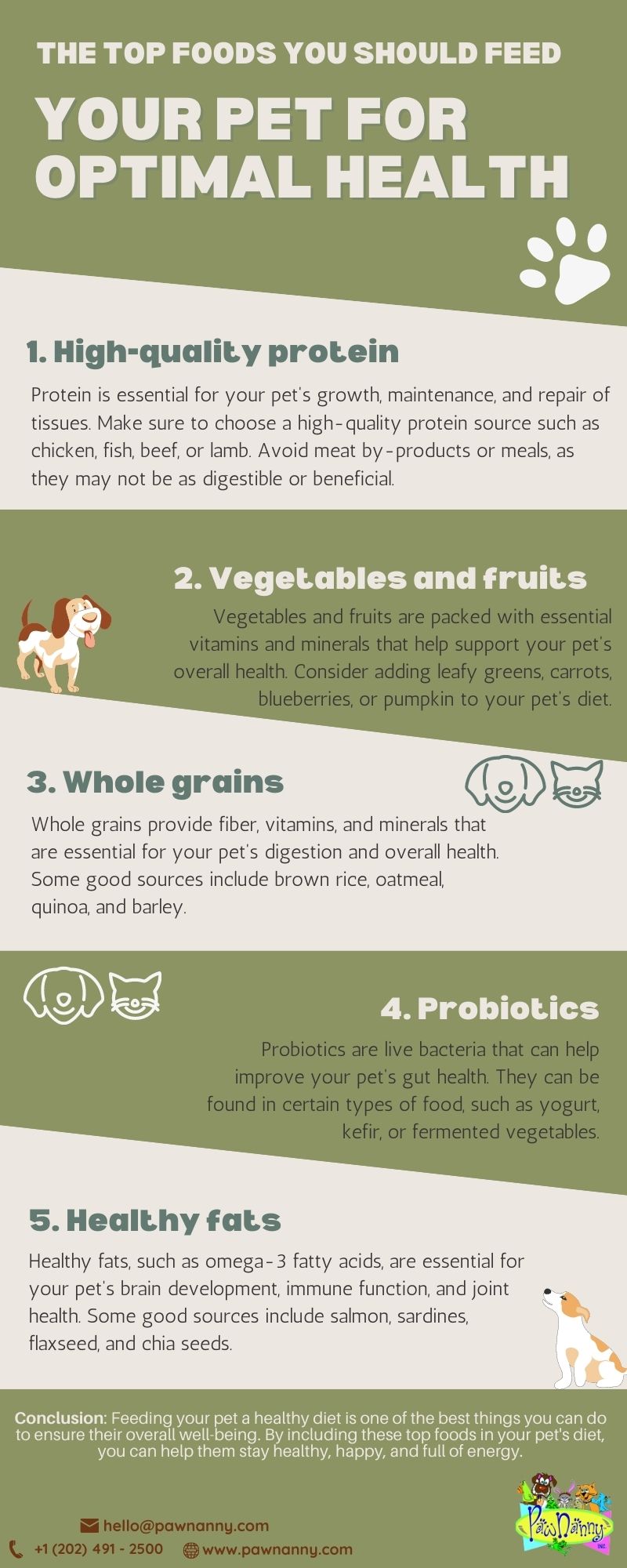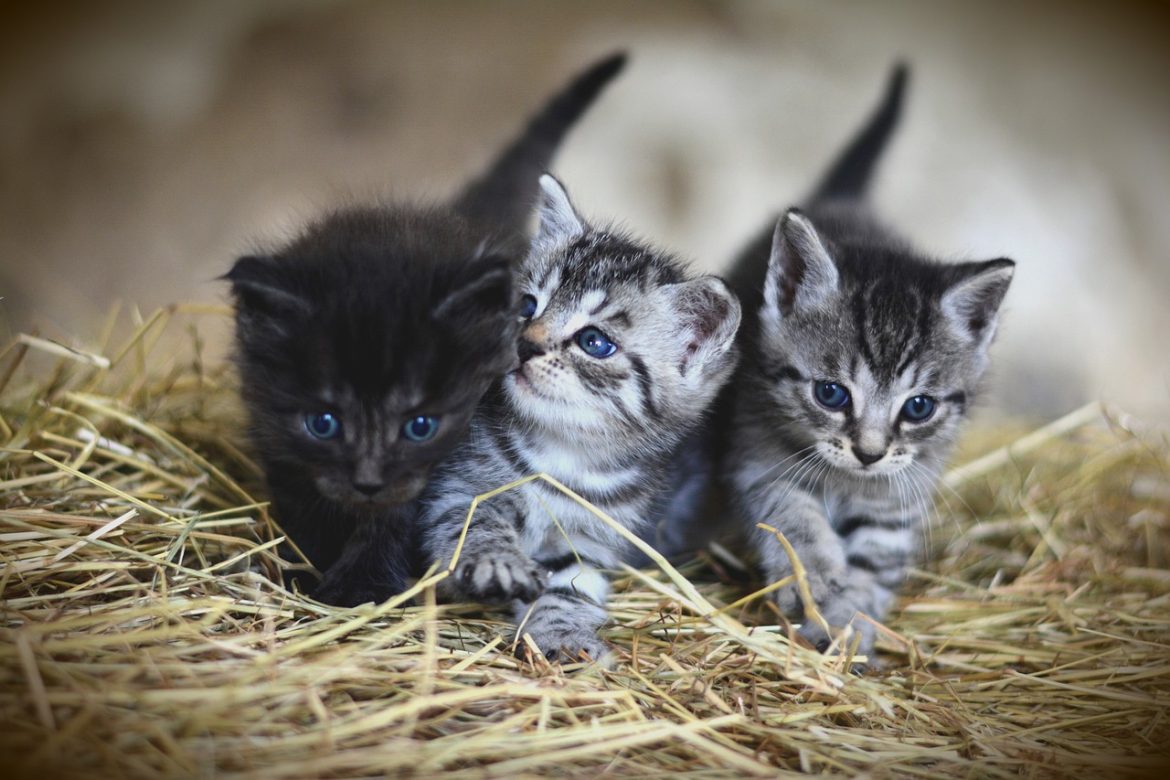As pet owners, we all want to provide our furry friends with the best possible care. And one of the most important aspects of their well-being is their diet. But with so many options available, it can be overwhelming to figure out what to feed them. That’s where decoding your pet’s diet comes in. By understanding the nutritional needs of your pet and how to balance their diet, you can ensure that they are healthy and happy for years to come. So let’s dive into the world of pet nutrition and discover what it takes to create a purrfectly balanced diet for your furry companion.

1. The Science of Feline Nutrition: Understanding Your Cat’s Dietary Needs
Cats are obligate carnivores, which means that they require a diet that is high in animal protein. Unlike dogs and humans, cats cannot produce certain essential nutrients on their own, such as taurine and arachidonic acid. Therefore, it is crucial to provide them with a balanced and complete diet that meets their nutritional needs.
When choosing cat food, it is important to read the label carefully and look for high-quality protein sources, such as chicken, turkey, or fish. Avoid products that contain fillers, such as corn or wheat, as they provide little nutritional value and can cause digestive problems. Additionally, it is important to provide your cat with fresh water at all times to prevent dehydration and promote kidney health. By understanding your cat’s dietary needs and providing them with a balanced and nutritious diet, you can help them live a long and healthy life.
2. From Kibble to Raw: Exploring Different Feeding Options for Your Furry Friend
When it comes to feeding your furry friend, there are a variety of options to choose from. While kibble is the most common choice, many pet owners are exploring alternative feeding options such as raw diets. Here are some things to consider when deciding which option is best for your pet:
- Nutritional Value: Kibble is formulated to meet the nutritional needs of pets, but some argue that raw diets provide more natural and nutrient-dense options. However, it’s important to ensure that your pet is getting all the necessary vitamins and minerals in their diet.
- Cost: Raw diets can be more expensive than kibble, as they often require more preparation and specialized ingredients. It’s important to consider your budget when deciding which option to choose.
- Safety: Raw diets can pose a risk of bacterial contamination, so it’s important to handle and prepare the food properly to minimize the risk of illness. Kibble, on the other hand, is typically less risky in terms of food safety.
Ultimately, the decision of what to feed your pet is a personal one. It’s important to do your research and consult with your veterinarian to determine the best option for your furry friend. Whether you choose kibble or a raw diet, the most important thing is to ensure that your pet is getting all the necessary nutrients to live a happy and healthy life.
3. Tips and Tricks for Maintaining a Healthy and Balanced Diet for Your Purrfect Companion
Maintaining a healthy and balanced diet is crucial for your feline friend’s overall well-being. Here are some tips and tricks to ensure that your purrfect companion is getting the right nutrition:
- Variety is key: Just like humans, cats need a variety of nutrients to stay healthy. Make sure to offer a mix of wet and dry food, as well as different flavors and textures. This will not only keep your cat interested in their food, but also ensure that they are getting a well-rounded diet.
- Avoid overfeeding: Obesity is a common problem in cats, which can lead to a range of health issues. Follow the feeding guidelines on your cat’s food packaging and avoid giving them too many treats or table scraps. If you’re unsure about how much to feed your cat, consult with your veterinarian.
- Watch out for allergies: Just like humans, cats can have food allergies or sensitivities. If you notice any signs of digestive upset, such as vomiting or diarrhea, after feeding your cat a certain food, it may be time to switch to a different brand or flavor.
Remember, a healthy and balanced diet is just one aspect of your cat’s overall health. Regular exercise, routine vet check-ups, and plenty of love and attention are also important for keeping your purrfect companion happy and healthy. As pet owners, we all want to provide our furry friends with the best possible care. And when it comes to their diet, it’s important to remember that every pet is unique and has different nutritional needs. By decoding your pet’s diet and ensuring they receive a balanced and healthy meal plan, you can help them live a long and happy life. So, whether you’re a new pet owner or a seasoned pro, take the time to understand your pet’s dietary requirements and make adjustments as needed. With a little bit of effort and attention, you can ensure that your pet is purrfectly balanced and thriving.

